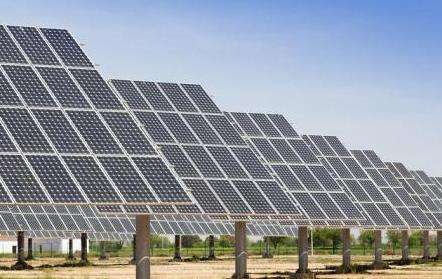To put it simply, the reason water in your engine can circulate is because there is a water pump. The water pump is powered by a belt driven by the engine crankshaft. The power from the engine goes to the water pump, then the water gives energy to the generator, which is transferred twice depending on the energy transfer. . . If an external generator is used, the engine's power is sent to the generator through a belt and the energy is transferred only once.
Water cycle power generation is not feasible due to current technology and limited terrain factors, so there is no way to implement it at large scale. To generate electricity by circulating water, build an appropriately sized sealed water tank in a high location and connect it to a water pipe that can supply water to the generator on the ground. Push the generator turbine to drive the generatorator in order to produce electricity. The generated water is stored in a water tank and consumes very little electricity thanks to the principle of atmospheric pressure. Let the water pump pump water to a water tank located several feet higher than the generator water level. or connect it directly to the water replenishment pipe of the sealed water tank at a high location to return water to the water tank. This cycle repeats, forming a circulating water energy production.














